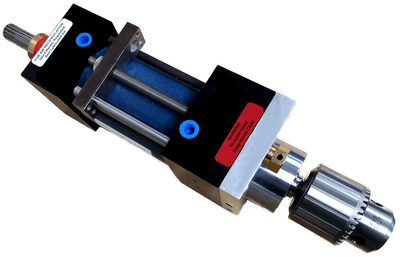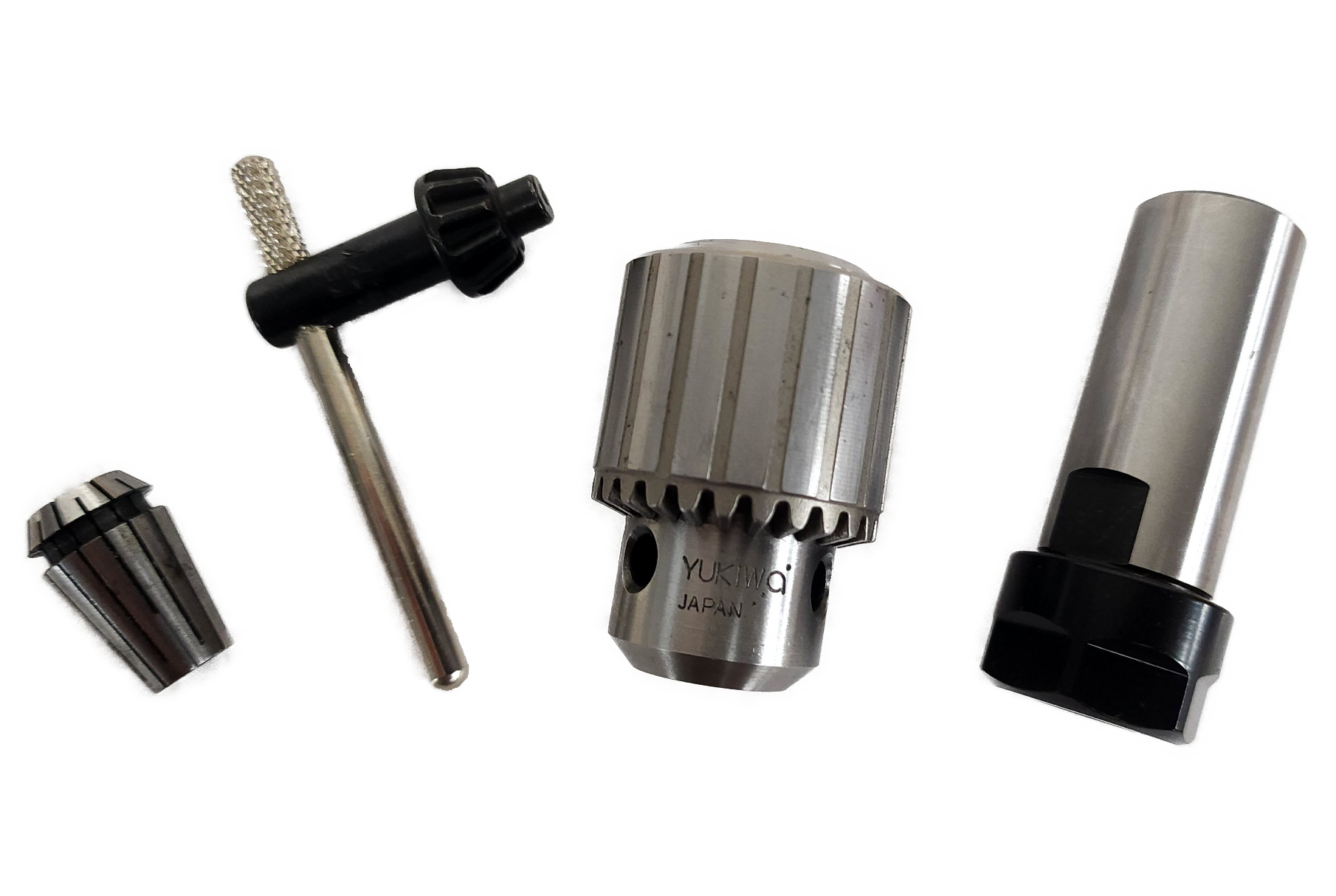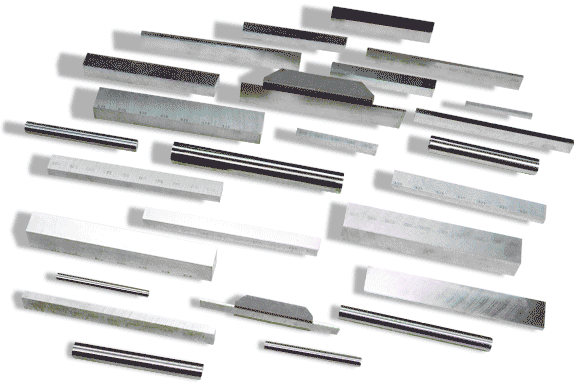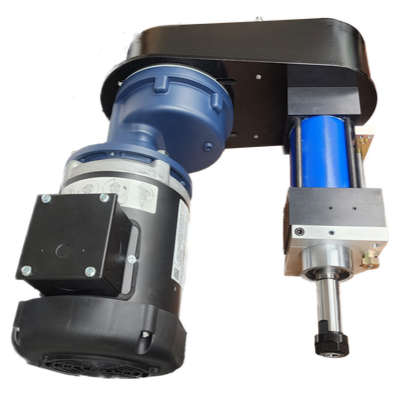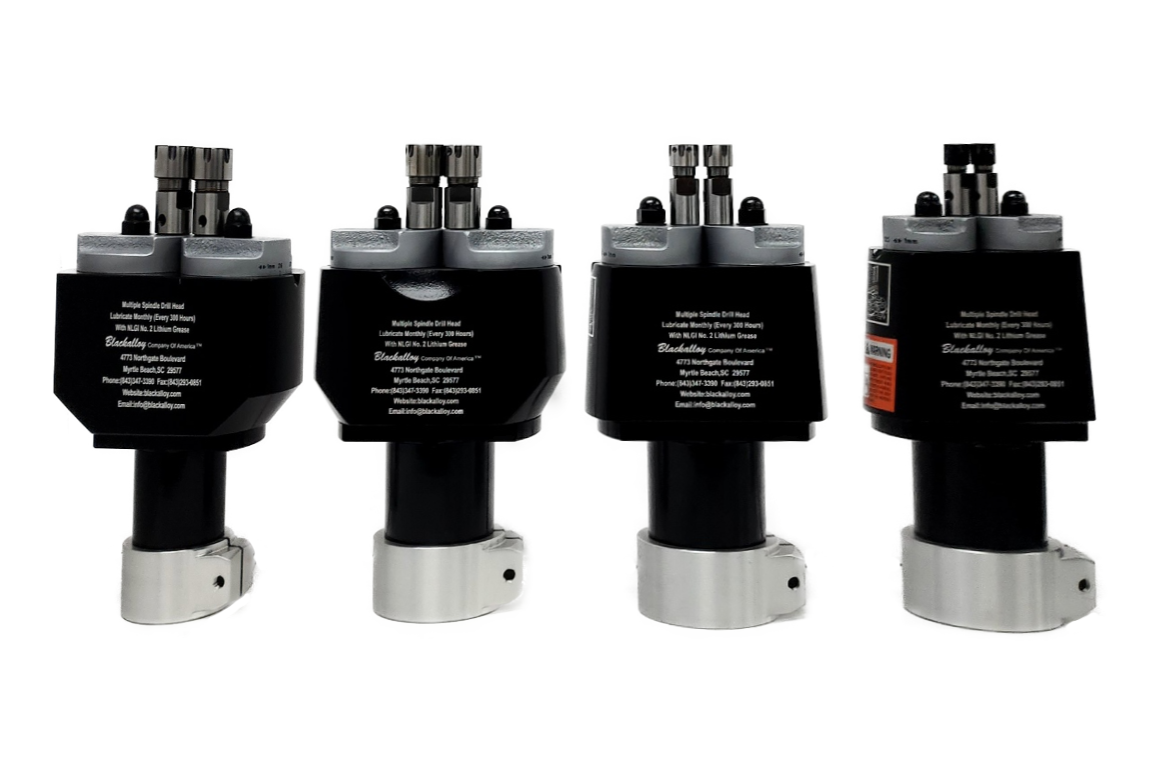Glossary
A mechanical device capable of producing motion, i.e. Blackalloy's Drill Unit has capability of both linear and rotary motion.
Term loosely used to represent compressed air sources for use in manufacturing.
The temperature and atmospheric conditions in the process area.
The name is associated with industrial cutting operations for more than half a century, and with precision Drill Units for over 20 years.
Applications are characterized by the common requirement to minimize outside contamination. These types of applications limit the use of lubricants and coolants. Special materials and seal materials are necessary to meet these requirements. Many medical and pharmaceutical applications require cleanroom features.
A tool holding device designed for maximum holding capacity and high accuracy. Each tooling size requires a separate collet.
Industrial process air is available for control and process uses at 30 to 150 PSI.
The larger diameter is at the entrance of a drilled hole with a flat bottom. Similar to a countersink except for the bottom configuration.
The larger diameter is at the entrance of a machined hole with a conical bottom. Similar to a counterbore except for the bottom configuration. The general use of a countersink is for use with flat head screws and bolts.
Arbitrarily set at a depth/hole diameter ratio of 8:1. The torque required is generally more than shallow depth drilling and frequent tool retraction may be necessary to keep the flutes open.
The ability to control the feed rate for both the extension and retraction portions of the drilling cycle.
A combination drill and tap that performs both operations in one sequence. It is useful for applications where the drilling and tapping settings are similar. The operation must be on a thru-hole part since the drilling must be finished before the tapping operation begins. Call for more information.
A self-feeding drill module that is designed to automate multiple hole production drilling and other rotary/linear applications.
Additional length is added to a Drill Unit spindle to allow the input of liquid or gaseous media thru the center of the spindle. The additional length is usually required to connect a rotary union to the spindle. The extended spindle can also be useful in heavy-duty applications to increase the life of the spline bushing.
The linear extension towards the work of a Drill Unit quill.
The method to control the drill extension towards/into the work. The simplest method is pneumatic control. Another method is hydraulic feed control, which has a more accurate feed rate because of the incompressibility of oil.
A precision adjustable valve is used to control the flow of a gaseous or liquid media.
Abbreviation for Feed per Revolution, a term used in drilling applications to determine how fast the drill will go thru the material per revolution of the cutting tool. It is a major factor in determining the horsepower requirements for an application.
See Deep-hole Drilling.
A standard shaft configuration that allows attachment of tool holders with minimal runout.
A Drill Unit attachment with multiple drill or tap spindles where the spindles are gear driven from the Drill Unit spindle. They allow drilling or tapping of multiple holes in closer proximity than is possible with Drill Units alone.
Drill designed for deep-hole drilling with good chip evacuation.
A technique where the tool is frequently retracted from the hole to clear drill chips and prevent clogging. It's also used to help drill straight precision holes. Generally used when the hole depth is considered to be a deep hole.
Pounds per Square Inch, a measure of the energy stored in industrial compressed air or any other energy force.
The linear guided non-rotating portion of a Drill Unit. Its purpose is to securely support the rotating spindle.
A mechanical device that allows the transfer of a medium (air, water, coolant, etc.) from a stationary source to a rotating component.
RPM is an abbreviation for Revolutions Per Minute. As related to drilling applications, RPMs indicate the number of times a drill, machine spindle or motor shaft revolves through one complete rotation in one minute.
The deviation from the desired surface or line in relation to the axis during one complete revolution.
A Drill Unit that includes the ability to turn and extend in a compact package.
The capability to automatically extend a drilling device towards the work. The ability to automate a drilling process.
A control valve option is available with Models 151/251 Drill Units that allow multiple uncontrolled and controlled sections of the feed cycle. The valve essentially 'skips' the feed control at desired portions of the feed cycle.
The high precision shaft that rotates within the quill and is the attachment point for the tooling.
The part of a Drill Unit that transfers power from the input shaft to the spindle.
The hole drilled thru the spindle center to facilitate the introduction of coolant and other media to the work area. It is also useful for the introduction of a work or slug ejector pin.
When used as a drilling parameter it is the exertion forces of a tool into the work transmitted by the Drill Unit.
Total Indicator Runout is the total movement of a dial indicator for the deviation of a surface from its theoretical perfect dimension. In drilling, it is an indication of the deviation of the cutting tool's centerline axis from its theoretical true centerline.
Trilobe is a superior polygon profile designed to eliminate the common failures associated with splines and keyed shaft attachment methods. It is used for mechanical connections that are stronger, more precise, and have a substantially longer service life than other common methods. The trilobe profile is self-centering, a property important in maintaining minimum spindle runout.
A safety arrangement suited for machinery where the position of an operator's hands must be monitored. The operator must actuate both push buttons simultaneously to obtain an output signal.
A variable-frequency drive (VFD) is a type of motor controller that drives an electric motor by varying the frequency and voltage of its power supply to control AC motor speed and torque. VFDs are also known as variable speed drives, adjustable frequency drives, adjustable-speed drives, AC controllers, variable speed drives, etc. They are often referred to as speed controls, since the result is an adjustment of motor speed.
